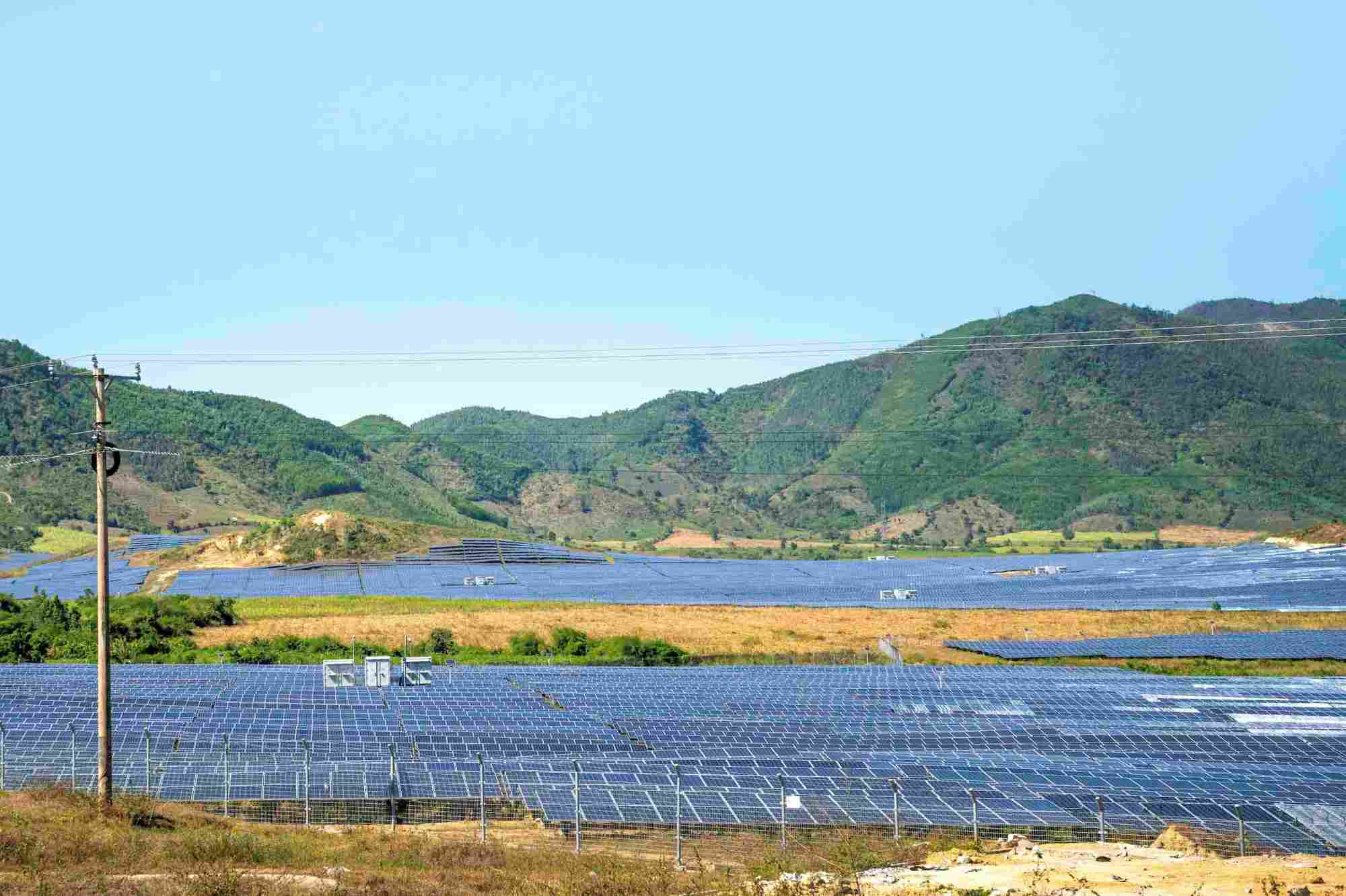Turning trade tensions into strategic advantage
Paradoxically, global trade disputes may offer Vietnam a unique opportunity to strengthen its renewable energy sector. As companies worldwide seek alternatives to Chinese manufacturing, Vietnam could position itself as a strategic hub for renewable energy manufacturing.
By developing domestic production capacity for solar panels, batteries, and related technologies, Vietnam could reduce import dependence while creating high-value jobs and fostering technological innovation. Existing trade agreements, including the EU-Vietnam Free Trade Agreement and the Comprehensive and Progressive Agreement for Trans-Pacific Partnership, provide competitive access to diverse markets, attracting international investment and technology transfer.
The path forward: building resilience
For Vietnam to maintain its leadership in renewable energy, several priorities emerge. Fostering domestic manufacturing through financial support, tax breaks, and streamlined regulatory processes. Strengthening international partnerships will facilitate technology transfers, workforce training, and joint ventures, reducing import dependency.
Another critical focus is accelerating investments in research, innovation, and technical solutions. Prioritising research and development (R&D) in renewable technologies and energy storage systems can position Vietnam as a technology leader, enhancing competitiveness and resilience. Universities, research institutions, and the private sector should collaborate to develop innovative solutions tailored to local conditions.
Investments in grid modernisation and advanced energy storage solutions are also important. Upgrading infrastructure will enable more efficient integration and stabilisation of intermittent renewable energy sources, mitigate curtailment issues, and enhance reliability. Promoting public-private partnerships (PPPs) can mobilise additional resources and technical expertise, expediting infrastructure enhancements.
Establishing stable, transparent, and long-term renewable energy policies is another priority. Predictable regulatory frameworks, supported by clear and consistent incentives, will attract sustained international funding and strengthen investor confidence. Clear policy communication will position Vietnam as a dependable, attractive global renewable energy investment destination.
Although trade tensions and reciprocal tariffs pose risks, they offer Vietnam a unique opportunity to build an innovative and resilient renewable energy industry. By leveraging its resources, addressing vulnerabilities through research and technical solutions, and adopting comprehensive policies, Vietnam can transform these challenges into a sustainable growth trajectory.
Story: Dr Nguyen Vinh Khuong, lecturer at the School of Science, Engineering & Technology, RMIT Vietnam
Thumbnail image: Hanoi Photography – stock.adobe.com
Masthead image: Dong – stock.adobe.com






